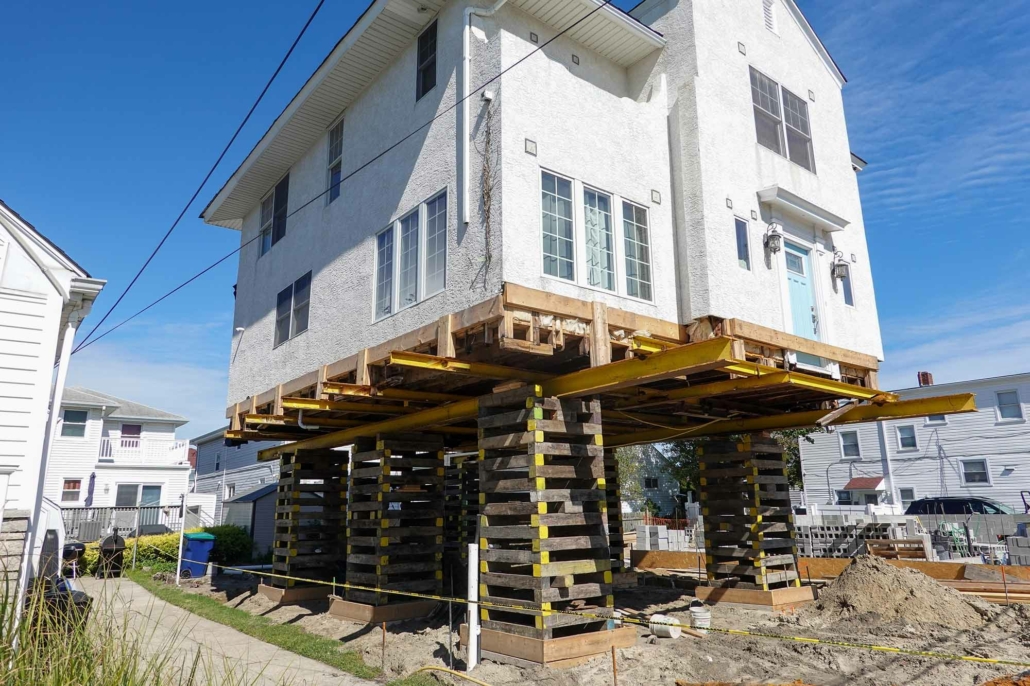What are the causes of coastal flooding?
Coastal flooding occurs when normally dry, low-lying coastal areas are inundated with seawater. A variety of natural and human-induced factors can cause this. The following are the main causes of coastal flooding:
1. Low-Pressure Systems
Low-pressure systems, such as tropical storms, hurricanes, and cyclones, play a significant role in causing coastal flooding. These systems bring strong winds and heavy rainfall, contributing to rising sea levels. The reduction in atmospheric pressure during these events causes the water to “bulge” upwards, resulting in a temporary rise in sea level known as storm surges. The combination of high winds, rain, and raised sea levels can lead to severe coastal flooding, particularly when these systems coincide with high tides.
- Example: Hurricanes often cause widespread coastal flooding in areas like the Caribbean, the Gulf of Mexico, and parts of Southeast Asia.
2. Storm Surges
Storm surges are one of the most dangerous causes of coastal flooding. They occur when strong winds from storms or hurricanes push seawater onto the shore. These surges can be extremely destructive, especially in low-lying coastal areas. Storm surges are typically worsened by low-pressure systems, where the bulge of water created by lower air pressure exacerbates the flooding risk. When combined with high tides, the impact of storm surges can be catastrophic.
- Example: During Hurricane Katrina in 2005, storm surges led to severe flooding in New Orleans, causing widespread damage.
3. Tsunamis
Tsunamis are large sea waves caused by underwater earthquakes, volcanic eruptions, or landslides. When a tsunami wave reaches shallow coastal areas, its height increases dramatically, causing extensive flooding. Tsunamis travel at very high speeds, often leaving little time for warnings and evacuation. Tsunamis originating near the coast tend to cause more significant flooding than those generated further away, as there is less time for the wave’s energy to dissipate.
- Example: The 2004 Indian Ocean tsunami devastated coastal areas across Indonesia, Thailand, Sri Lanka, and India, causing massive coastal flooding.
4. Global Climate Change
Global climate change is contributing to an increased risk of coastal flooding in several ways:
- Rising Sea Levels: Melting polar ice caps and glaciers, along with the thermal expansion of seawater due to global warming, are raising global sea levels. As sea levels rise, coastal areas become more vulnerable to regular flooding.
- More Extreme Weather: Climate change also leads to more frequent and intense storms, which, in turn, cause larger storm surges and more severe coastal flooding.
- Example: Low-lying countries like Bangladesh are particularly vulnerable to rising sea levels, increasing the frequency and severity of coastal floods.
5. Local Subsidence
Local subsidence refers to the gradual sinking or settling of land, making certain coastal areas more susceptible to flooding. This can be caused by both natural processes (such as tectonic activity) and human activities (like groundwater extraction, mining, or oil drilling). When land subsides, it lowers the elevation of coastal areas, increasing the risk of flooding as sea levels rise or storm surges occur.
- Example: The city of New Orleans is sinking due to both natural and human-induced subsidence, which increases its vulnerability to coastal flooding during storms and hurricanes.
Prediction of Coastal Floods
The focus of coastal flood predictions lies in anticipating high-magnitude waves, high tides and/or storm surges, whether separately or simultaneously. Satellites mainly track storms, particularly by high-income countries (HICs), and predictions about their likely course are made. Given the speed of tsunamis, providing much warning is challenging, although a Pacific Tsunami Warning System does exist. Enhanced forecasting enables many communities to take preventative measures such as evacuation or seeking shelter before coastal flooding occurs. For instance, early warning systems in Bangladesh monitor tropical storms and monsoon rains, providing regular updates on storm paths and probable impacts.
Building Design to Combat Coastal Floods
The primary objective of coastal flood engineering is to avert coastal erosion and flooding. Two main strategies have been utilised. One is to raise the height of buildings, allowing floodwaters to pass beneath them. The other involves flood-proofing structures via raised foundations, reinforced barriers, dry flood-proofing (rendering a property impermeable to floodwaters), and wet flood-proofing (permitting partial flooding of buildings).

